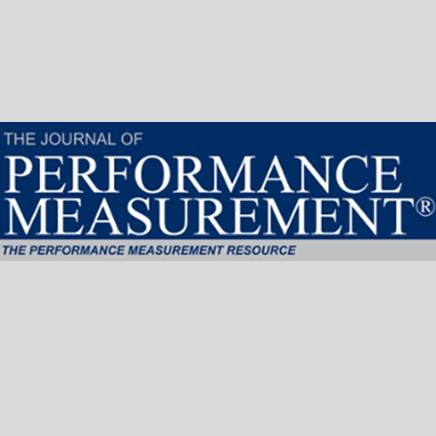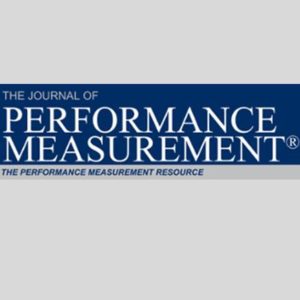Explaining Risk-Adjusted Performance Using Vectors
$25
Explaining Risk-Adjusted Performance Using Vectors
Arun Maralidhar, Ph.D.
Lester Seigel, Ph.D.
Risk-adjusted performance theory equations are often dry and not always obvious to the reader who may be more visual. In this brief note, we try to expand on the idea of using graphical vector representations of finance concepts to display some simple themes in risk-adjusted performance with the goal of creating a new visual representation of the same ideas as this has not been done before. We use the M-cube risk-adjusted performance measure and Ambarish-Seigel luck versus skill measure to make this point. The key aspect to the vector representation is that portfolios can be represented as vectors (including portfolios of multiple assets), and the correlation parameter is a cosine. These two simple acknowledgments lead to very fascinating visual representations of previously published
research and opens a new avenue to a field we call Vector Finance.
Arun Maralidhar, Ph.D.
Lester Seigel, Ph.D.



